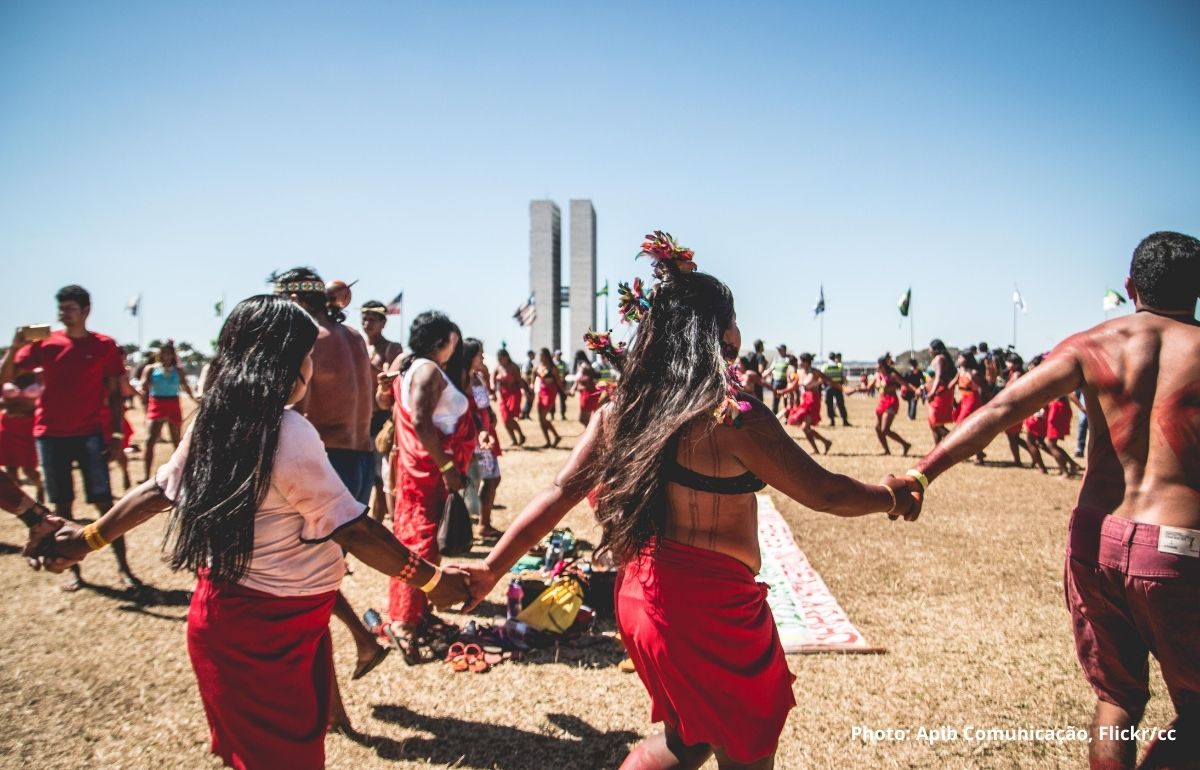

How fast or how slow is not our main concern, only that we're moving forward. We too, even when we are making progress, may not notice our own improvement. Even though the bamboo that is outside my window grows quite rapidly, I do not notice its growth from day to day. Yet even with a commitment to continuous learning and improvement, our growth - like the growth of the bamboo - can be quite remarkable when we look back at what or where we used to be. We usually speak of Kaizen or continuous improvement that is more steady and incremental, where big leaps and bounds are not necessary. It does not matter who you are - or where you are - today, you have amazing potential for growth. When you empty your mind of your prejudices and pride and fear, you become open to the possibilities.īamboo trees are among the fastest-growing plants in the world. In order to receive knowledge and wisdom from both nature and people, we have to be open to that which is new and different.
#WATCH THE FOREST PEOPLE FULL#
The hollow insides of the bamboo reminds us that we are often too full of ourselves and our own conclusions we have no space for anything else. One can not fill a cup which is already full. It is said that in order to learn, the first step is to empty ourselves of our preconceived notions.

The bamboo endured the heavy burden of the snow, but in the end it had to power to spring back as if to say "I will not be defeated." In winter the heavy snow bends the bamboo back and back until one day the snow becomes too heavy, begins to fall, and the bamboo snaps back up tall again, brushing aside all the snow. The important image of snow-covered bamboo represents the ability to spring back after experiencing adversity.

#WATCH THE FOREST PEOPLE PROFESSIONAL#
As the great Aikido master Kensho Furuya says in Kodo: Ancient Ways, "The warrior, like bamboo, is ever ready for action." In presentation or other professional activities too, throu gh training and practice, we can develop in our own way a state of being ever ready.īamboo is a symbol of good luck and one of the symbols of the New Year celebrations in Japan. Unlike other types of wood which take a good deal of processing and finishing, bamboo needs little of that. You may not be from the biggest company or the product of the most famous school, but like the bamboo, stand tall, believe in your own strengths, and know that you are as strong as you need to be. Judge me by my size do you?" We must be careful not to underestimat e others or ourselves based only on old notions of what is weak and what is strong. Remember the words of a great Jedi Master: "Size matters not. Bamboo is not as fragile as it may appear, not by a long shot. They may not reach the heights of the other trees, but they are strong and stand tall in extreme weather. But the plants endure cold winters and extremely hot summers and are sometimes the only trees left standing in the aftermath of a typhoon. It may not look impressive at first sight at all. The body of a single bamboo tree is not large by any means when compared to the other much larger trees in the forest. A bend-but-don't-break or go-with-the-natural-flow attitude is one of the secrets for success whether we're talking about bamboo trees, answering tough questions in a Q&A session, or just dealing with the everyday vagaries of life. In time, even the stronge st wind tires itself out, but the bamboo remains standing tall and still. Their foundation is solid even though they move and sway harmoniously with the wind, never fighting against it. Their bodies are hard and firm and yet sway gently in the breeze while their trun ks stay rooted firmly in the ground below. This gentle swaying movement with the wind is a symbol of humility. One of the most impressive things about the bamboo in the forest is how they sway with even the slightest breeze.

I summarized the lessons below with presentation and learning in mind, but as you read these seven lessons from bamboo, try think of practical implications for your own work. In Japan, the symbolism of the bamboo plant runs deep and wide and offers practical lessons for life and for work. The forests that surround our village here in Nara, Japan are filled with beautiful bamboo trees.


 0 kommentar(er)
0 kommentar(er)
